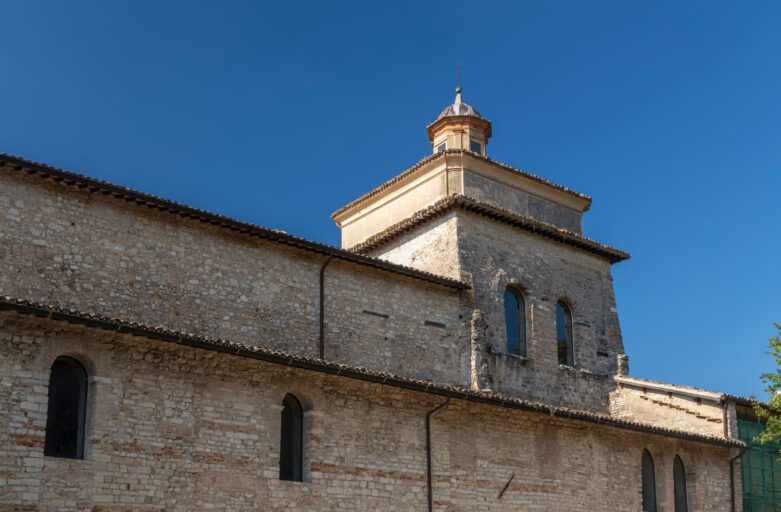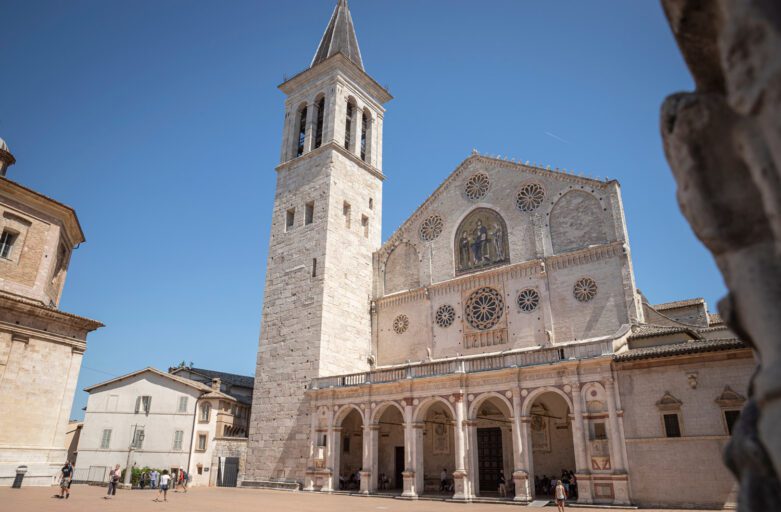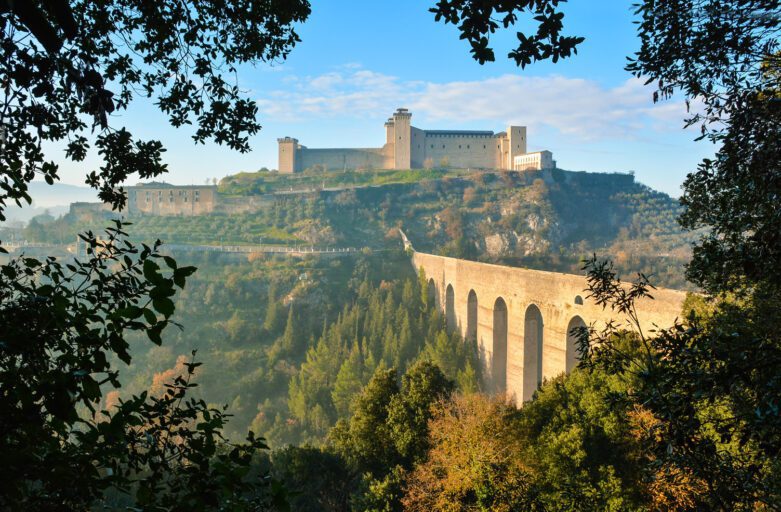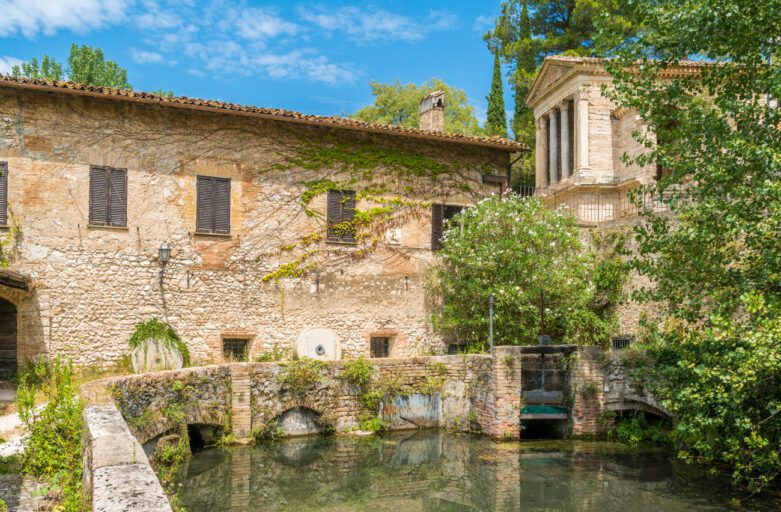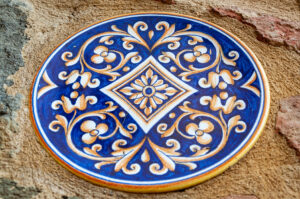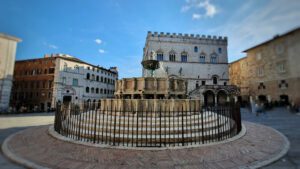Basilica of the Holy Savior in Spoleto
Ancient Origins
Although not included in the standard tours, the Basilica of the Holy Savior (San Salvatore) is surely among the “must see” things in Spoleto. The history of this church is still partially enveloped in mystery because of its very ancient origins, no documents existing of the same era as they started to build it. We anyway know for certain that it is dedicated to Christ, the Holy Savior, thanks to a document dating back to the year 815. Such an old “genesis” makes the basilica a rare witness of past eras.
During restorations carried out in 1966, they found a bowl with both organic and inorganic remains inside. After undergoing scientific tests, the finds helped in suggesting a more precise epoch: that food was in fact ascribed to a period between 540 and 640 AD. So, by comparing this with other data, the church must have been built between the late forth and the early sixth centuries. That was a very hard time indeed, when the Roman Empire was divided and – slowly but surely – its decadence began, followed by the dominion of so-called barbarians.
One specific trait of the basilica's architecture is that it is a work of art to be experienced, crossed, explored. On entering the church, you will sense some atavistic spirituality hidden in the verticality of its spaces, in those bare walls, in the Ionic capitals, and in the light that vibrates, then breaks against the flutes of the pillars.
The Beauty of the Essential
The Church of the Holy Savior looks majestic in the simplicity of spaces marked by pillars that come from an old Roman temple, here re-employed. The reuse of true Roman materials should not shock us, as salvage was a common practice in the Late Antiquity and Early Middle Ages, following naturally and without a break the Latin, pagan world that had preceded them.
Ionic pillars support Doric trabeations that lead our eyes toward the basilica's core, the altar. This priestly area, the most holy one because of the Eucharistic table, is surmounted by a dome with a lantern on top; it dates back to the fourth century AD.
The façade is an ancient element too, and a well preserved one at that. Its simplicity in decoration should not make us underrate it. It only features three windows and three doors, a sacred number and the symbol of Holy Trinity par excellence. The door in the central gate is embellished by precious carvings, at whose middle a palm-like cross stands out, encircled by curls of leaves and flowers.
Decorations like that can be found in another building near Spoleto, the one known as the Little Temple (Tempietto) on Clitunno River. The low reliefs on the temple have one element in addition, though: the cross “feeds” grapes and pomegranates, i.e. symbols that refer to Christ's Passion.
INFO
Location
Piazza Mario Salmi,1 Spoleto PG
Contacts
info@secretumbria.it
